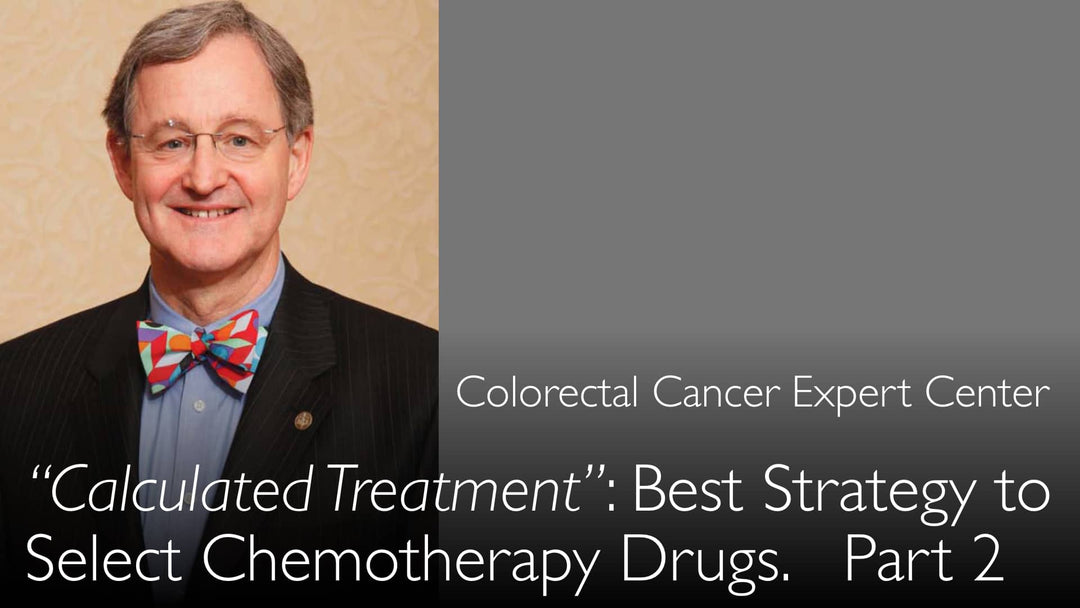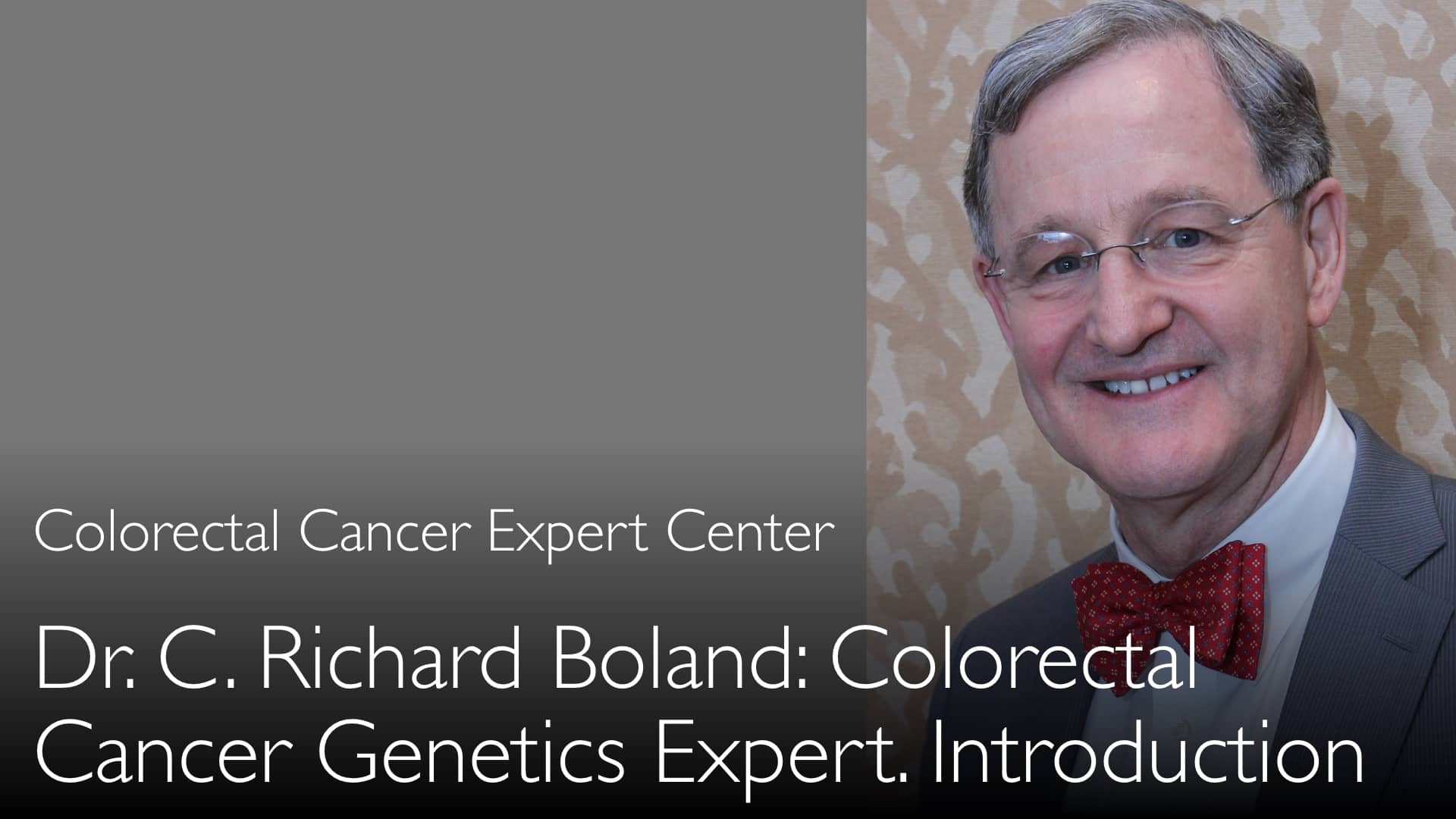がん遺伝学の権威であるC. Richard Boland医学博士は、腫瘍の増殖率、死亡率、変異確率を基に、耐性の発生を抑えつつ毒性を最小化する最適な薬剤併用療法を予測する数学的モデルについて解説します。このアプローチは、化学療法の選択を従来の試行錯誤から、精密な計算に基づく治療計画へと進化させるものです。
精密化学療法の数理モデリング:最適ながん治療の計算
セクションへ移動
- 化学療法選択への精密医療的アプローチ
- 数理モデルを通じた腫瘍増殖動態の理解
- 細胞分裂と細胞死の臨界的バランス
- 逐次化学療法が失敗しやすい理由
- 同時併用療法:数理モデルによる解決策
- 個別化がん治療計画の未来
- 全文書き起こし
化学療法選択への精密医療的アプローチ
C. Richard Boland医学博士によれば、がん治療は経験的な手法から計算に基づく精密医療へと革命的な転換を遂げつつあります。腫瘍生物学と数理モデリングを統合することで、腫瘍医は副作用を最小限に抑えつつ、最も効果的な化学療法の組み合わせを予測できるようになりました。このアプローチでは、増殖速度(がん細胞の分裂速度)や死亡率(自然死の速度)などの主要な変数を分析し、個別化された治療戦略を構築します。
数理モデルを通じた腫瘍増殖動態の理解
生物学者と数学者の協力により、がんの挙動に関する重要な知見が得られています。C. Boland医学博士は、数理モデルが以下の4つの必須腫瘍特性を組み込むと説明します:
- 日次増殖率(通常約13%)
- 自然細胞死亡率(多くの場合約11%)
- 腫瘍内変異頻度
- 耐性変異発生確率
これらの変数を用いることで、研究者は患者に化学療法を投与する前に、数千もの治療シナリオをシミュレートできます。
細胞分裂と細胞死の臨界的バランス
C. Boland医学博士は、がんの進行が細胞動態の驚くほどわずかな不均衡に起因すると強調します。「腫瘍の純増殖率はわずか2%——13%の増殖率と11%の細胞死の差に過ぎません」と説明します。効果的な化学療法は、増殖率を減少させるか、死亡率を増加させることでこの不均衡を逆転させます。数理モデルは、各薬剤がこれらの速度を最適な腫瘍縮小のためにどの程度変化させるかを正確に特定するのに役立ちます。
逐次化学療法が失敗しやすい理由
Boland博士によれば、従来の化学療法レジメンを一つずつ試すアプローチは、治療失敗につながることが多いといいます。「逐次療法は、がん細胞が各薬剤に対する耐性変異を獲得する時間を与えてしまいます」と指摘します。数理モデリングは、この断片的なアプローチが、細菌が抗菌薬耐性を獲得するのと同様に、腫瘍が防御機構を進化させることを明らかにしています。解決策は、精密に計算された併用療法で最初に打撃を与えることです。
同時併用療法:数理モデルによる解決策
研究により、単独では不十分な2種類の化学療法薬を慎重に選択して同時投与すると、腫瘍が治癒することが多いと示されています。C. Boland医学博士は数理的に説明します:「腫瘍が同時に両方の薬剤に対する耐性を自然発生させる確率は極めて低いのです」。このアプローチは、逐次治療で生じる「分子的逃避」を防止します。モデルは、許容可能な毒性レベルを維持しつつ相乗効果を示す薬剤の組み合わせを特定するのに役立ちます。
個別化がん治療計画の未来
Anton Titov博士とBoland博士は、この研究が腫瘍学の新時代の到来を告げるものと議論しています。「私たちは一般的なプロトコルから、計算モデリングを通じて生成される真に個別化された治療計画へ移行している」とBoland博士は述べます。ゲノムシーケンシングが高速化し、数理モデルが高度化するにつれ、腫瘍医は実施前に化学療法戦略をテストするためにデジタルシミュレーションをますます利用するようになります。この精密医療的アプローチは、副作用を減らしつつ高い治癒率を約束し、がん治療を反応的医療から予測的医療へと変革します。
全文書き起こし
Anton Titov医学博士: 精密医療の時代において、医師はがん患者に最適な化学療法をどのように選択するのですか?
C. Boland医学博士: がん遺伝学の第一人者であるC. Richard Boland医学博士によれば、化学療法の未来は試行錯誤ではなく、数理モデルを用いて各患者に合わせた治療組み合わせを調整することにあります。この概念は計算治療(calculated treatment)と呼ばれています。
生物学者と数学者の新たな協力により、研究者は腫瘍の増殖を数学的にモデル化し始めました。生物学者は、腫瘍増殖速度、自然腫瘍細胞死亡率、腫瘍細胞内変異率、耐性変異確率などの主要変数を提供しました。
これらの変数により、数学者はがんの進行をシミュレートし、腫瘍が様々な治療にどのように反応するかを予測できるようになりました。
C. Boland医学博士: 腫瘍の成長は、がん細胞の分裂速度と死滅速度のわずかな不均衡から生じます。腫瘍の日次増殖率は13%かもしれません。自然細胞死亡率は11%かもしれません。純増殖率はわずか2%——しかし時間の経過とともにがんの進行を駆動するには十分です。
化学療法は、増殖率を減少させるか、死亡率を増加させることで作用します。治療により細胞死が分裂を上回るようにバランスが変化すれば、腫瘍は縮小します。
従来、化学療法は逐次療法として、一度に一つの薬剤または組み合わせを試す形で投与されてきました。しかしこの経験的アプローチは、がん細胞の遺伝子的予測不能性を考慮していません。
数理モデリングを用いると、腫瘍の特定の生物学的特性を使用して治療を個別に計算できます。目標は、必要最小限の薬剤数、腫瘍耐性を回避する最適な組み合わせ、患者への最低毒性を特定することです。
モデリングからの意外な知見:多くの場合、腫瘍が両方の薬剤に同時耐性となる変異を持たないか獲得しない限り、同時に投与された2剤だけで腫瘍を治癒させるのに十分です。
このアプローチは、腫瘍が変異して各薬剤に順次耐性を獲得する時間を与える逐次療法とは対照的です。計算された組み合わせで早期に打撃を与えることで、医師はがんの分子的逃避を防止できるかもしれません。
Boland博士が指摘するように、このアプローチは経験的療法から精密医療に導かれた治療戦略への転換を示します。がん生物学、ゲノミクス、計算モデリングの進歩により、腫瘍医はまもなく各患者に最も効果的で毒性の少ない化学療法計画を選択するためにデジタルシミュレーションを使用するかもしれません。
Anton Titov医学博士: 非常に興味深い研究分野です。この分野が進化するにつれ、より少ない副作用でより多くのがんを治癒させるという約束が、ますます実現可能になっています。





